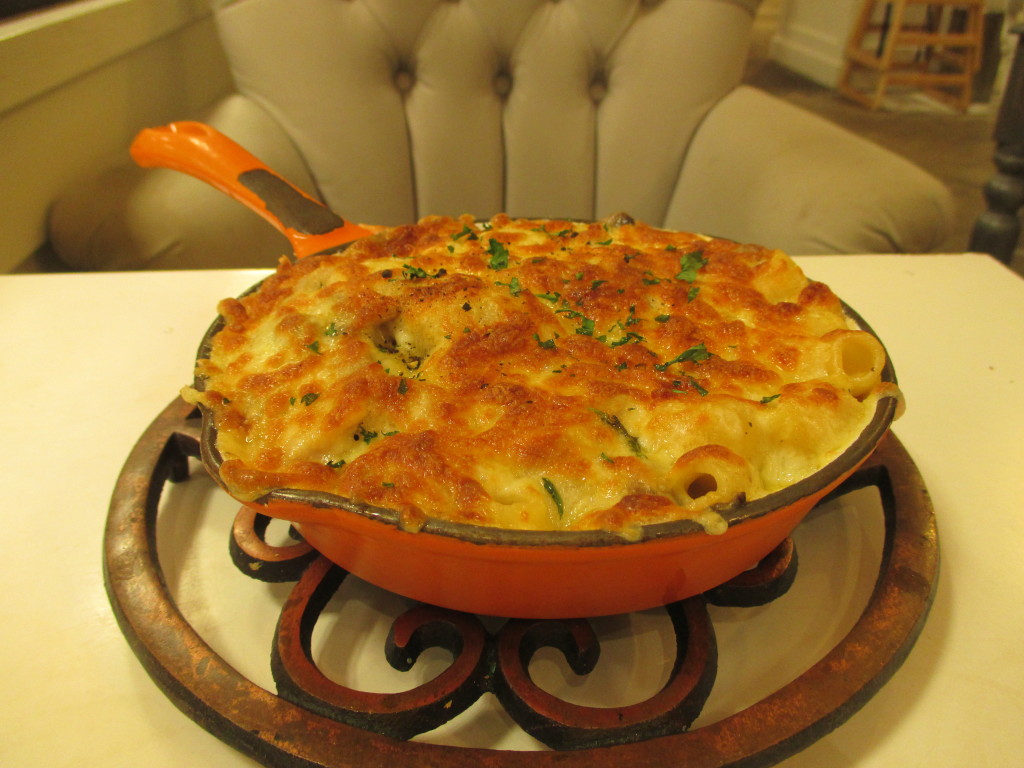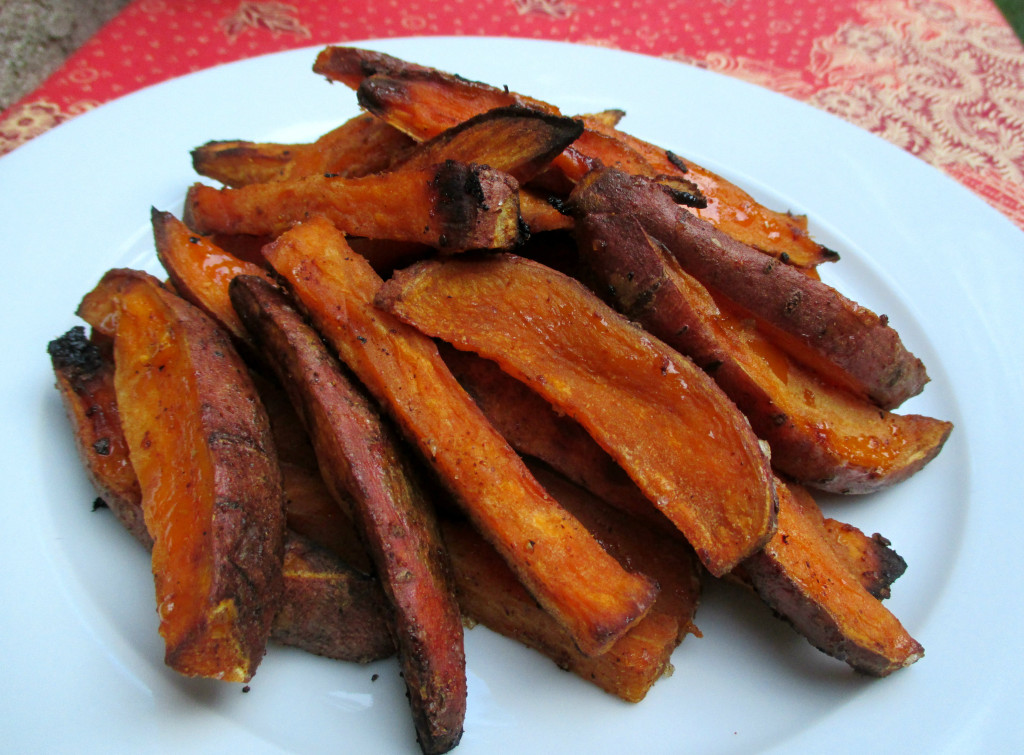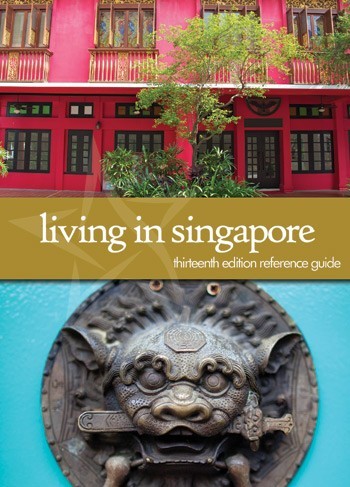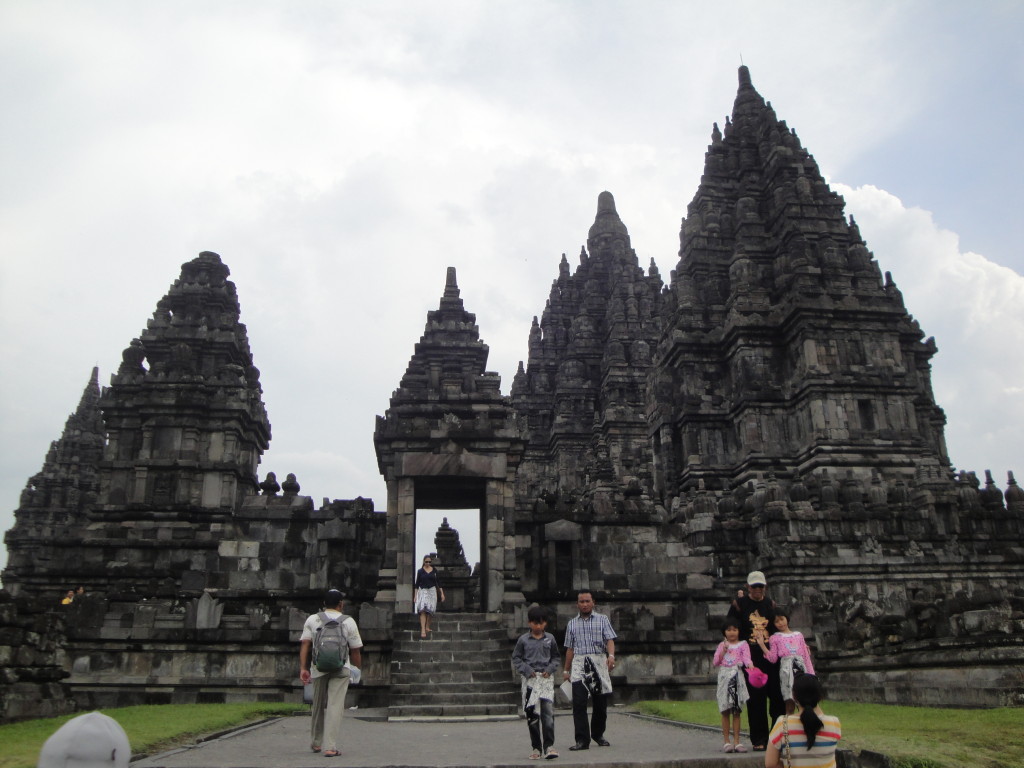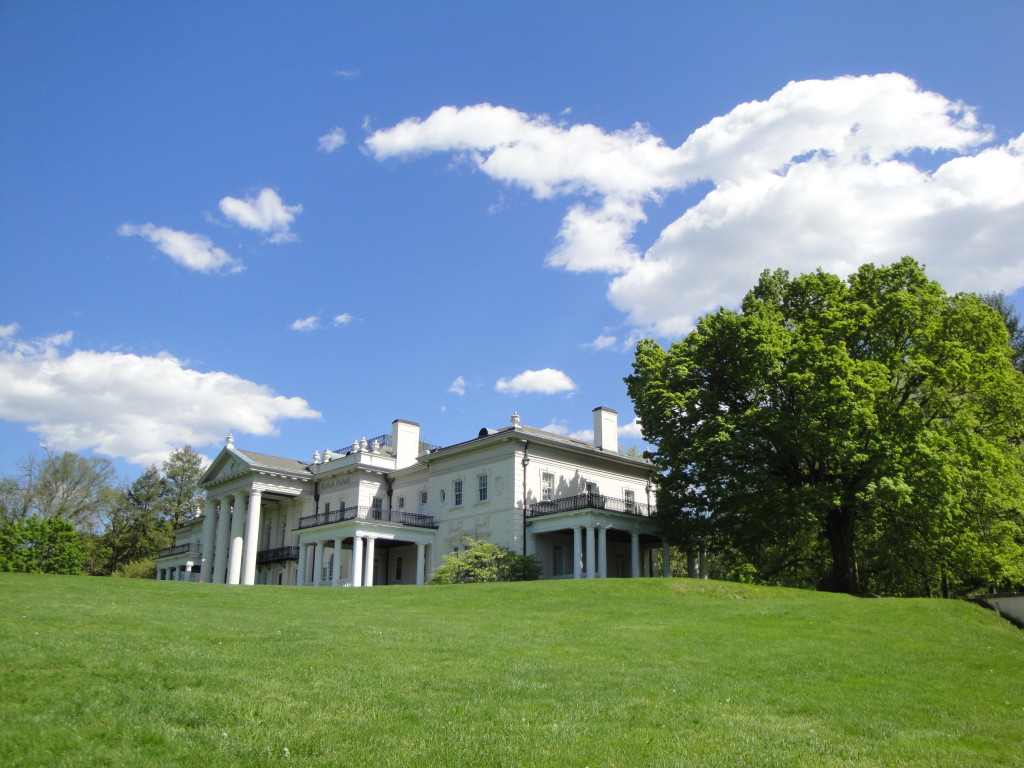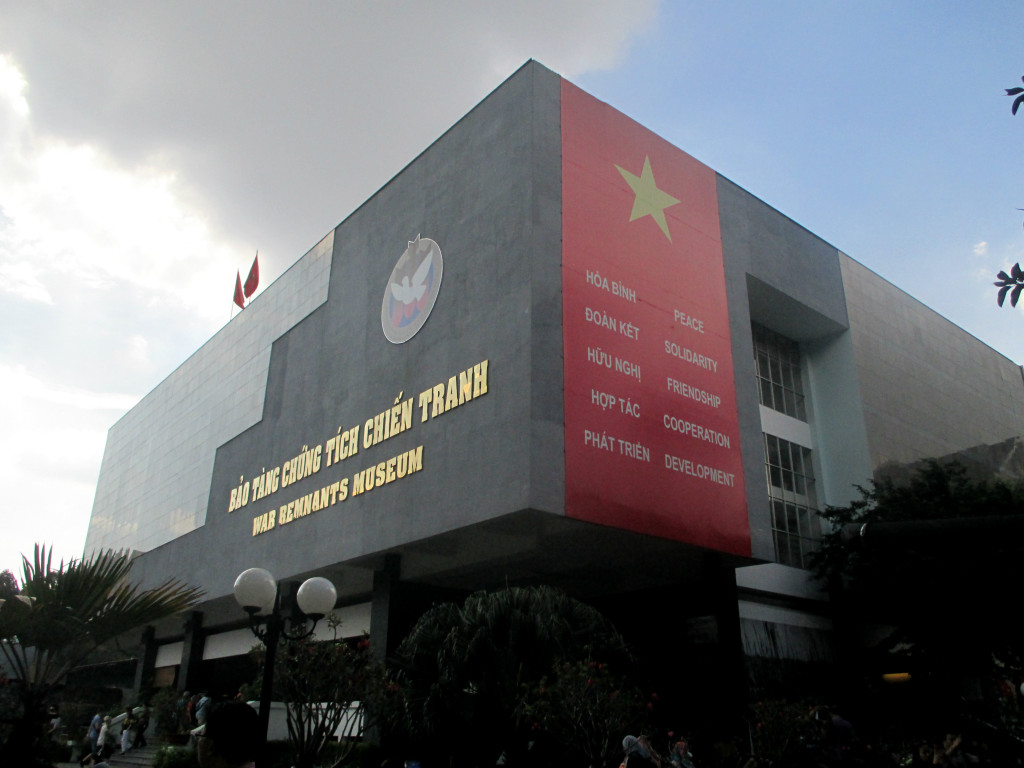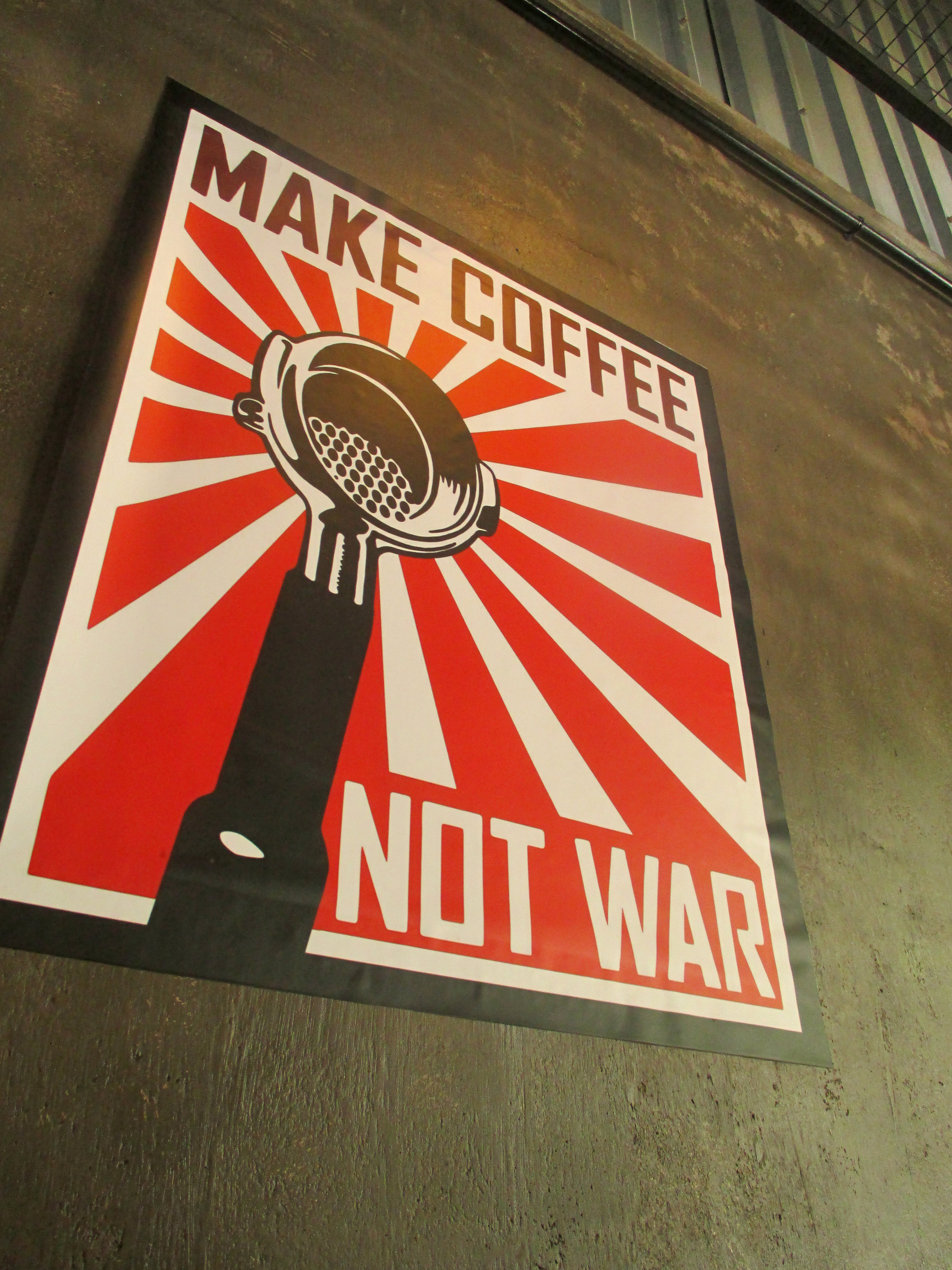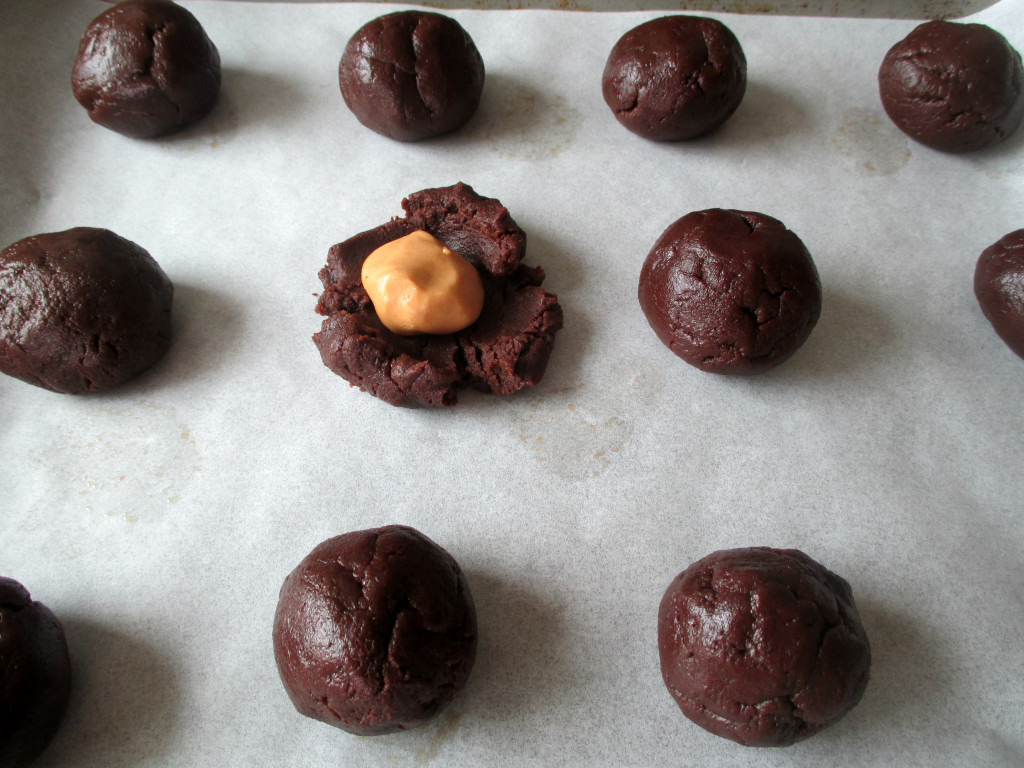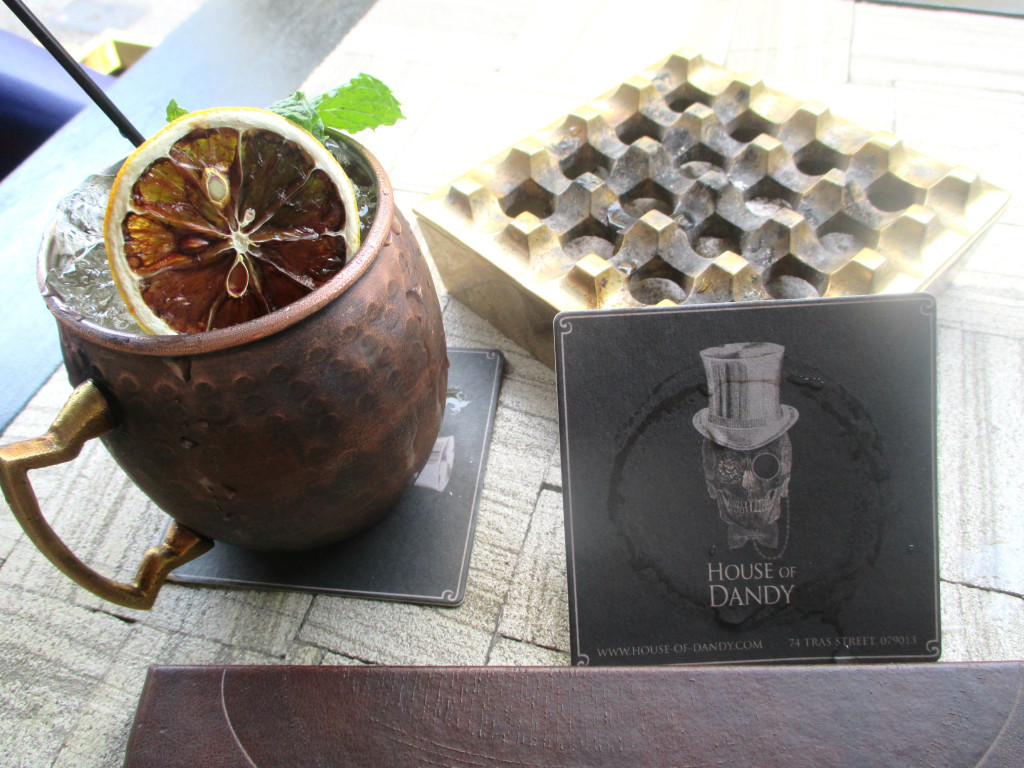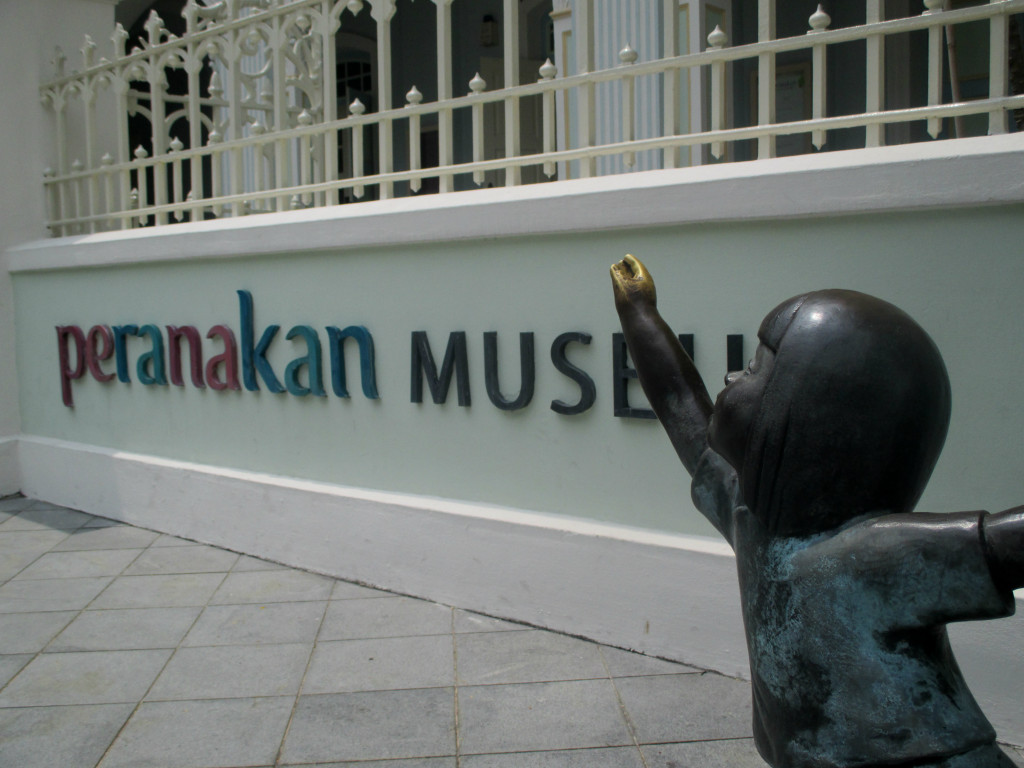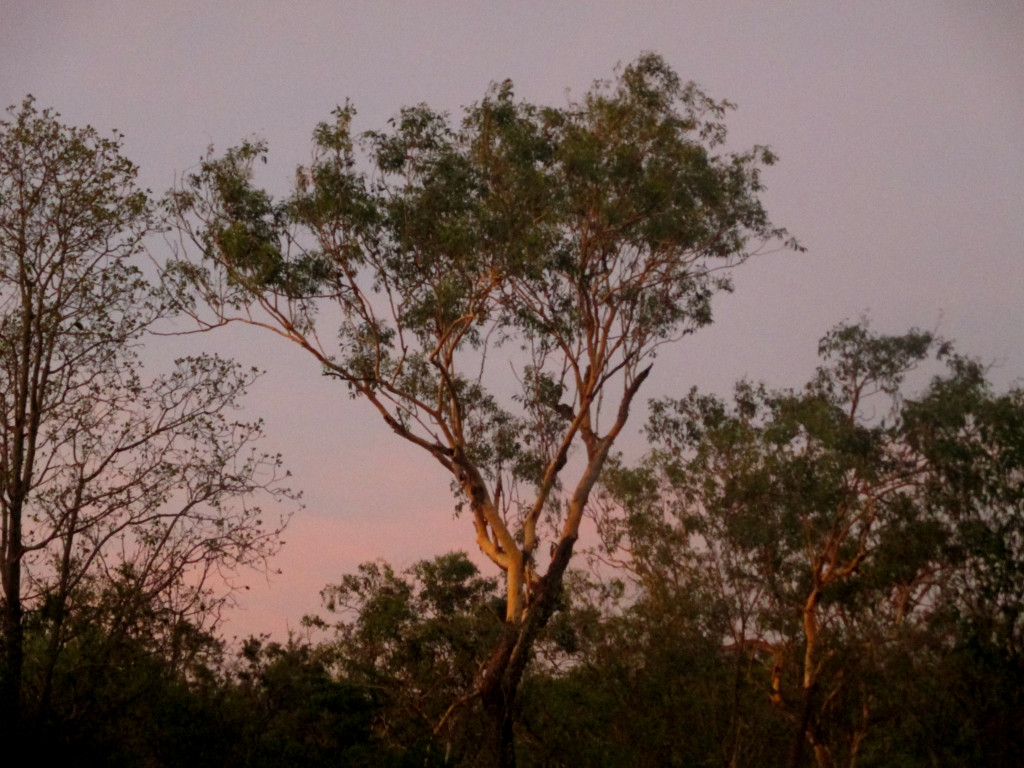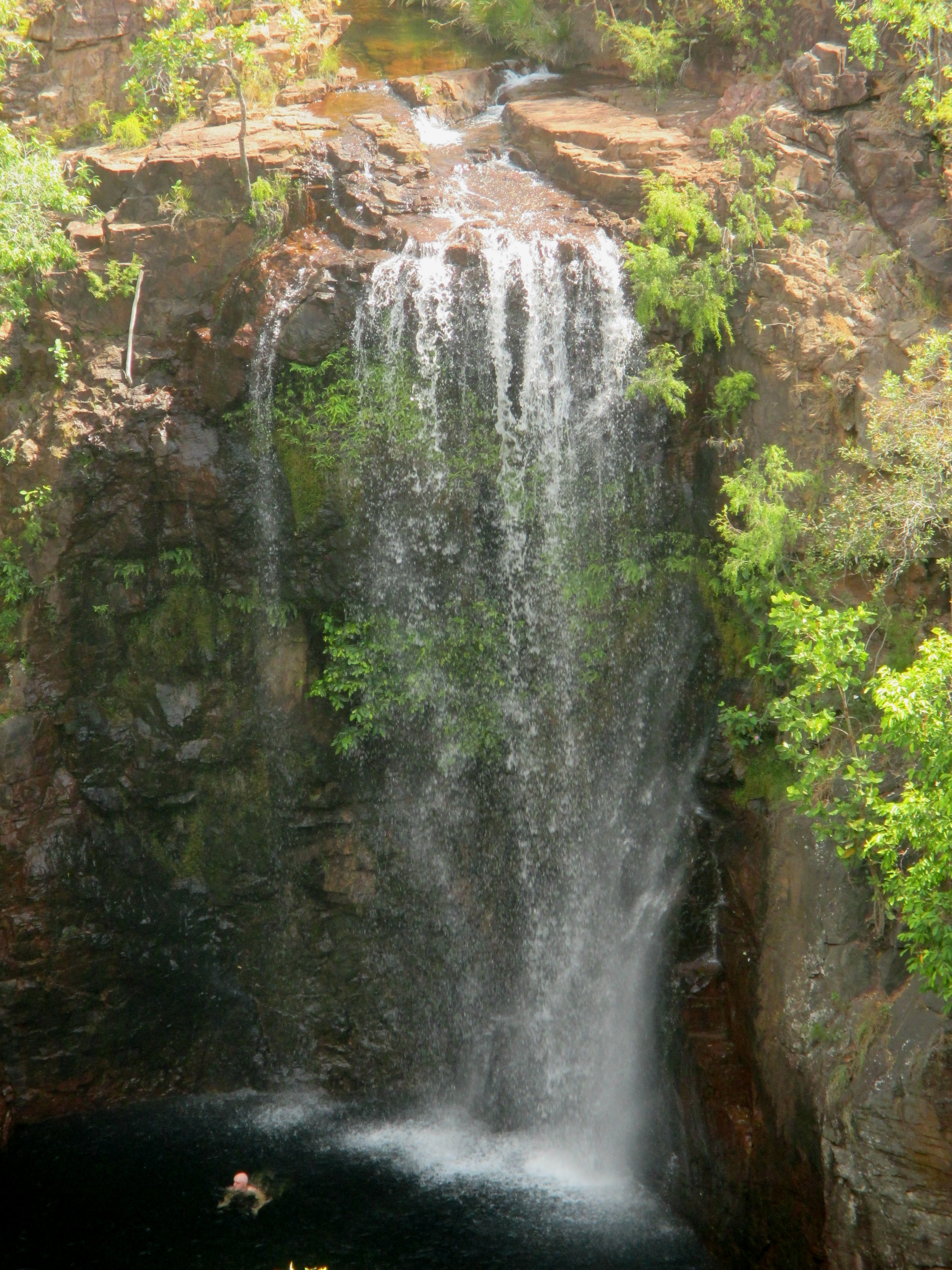Published on October 1, 2014 in the Singapore American Newspaper:

A quick flight north from Yangon and a long, winding drive through the mountains of Myanmar will lead you to the gorgeous expanse of Inle Lake. The calm, blue waters are a bracing contrast to the red earth and the dusty green landscape surrounding it. Located in the Nyaung Shwe Township of the Shan State with an estimated surface area of 116 square kilometers, it is the second largest lake in Myanmar. We stayed at the scenic Hupin Hotel in rustic rooms that stood on stilts in the low, lapping water of the lake, which was host to a flotilla of emerald-green water plants. From our balconies we watched boats return to the hotel through the pagoda-style gateway in a fence made of sticks that separated our cove from the open water. Since we had arrived in the middle of the afternoon and had scheduled a full day of touring the lake for the following day, we opted to borrow bicycles from the hotel and explore by land.
Cycling along the quiet little road in the dappled shadows of the trees had the thrill of a childhood adventure. We exchanged waves with the schoolchildren bound for home in their green longyi while we swerved around the occasional traffic: a truck carrying twenty people, a ramshackle tractor or two, men on motorcycles, and women encumbered with hefty bundles of sticks. Small paths led from the main road to simple pagodas and to the tightknit communities of local villages. Before we knew it, the afternoon had flown by and we had to hurry back to the hotel to catch the sunset. A tall hill stood next to the resort and we decided to scale it for a better view. Perched at the peak was the home of a Buddhist monk clad in traditional orange robes who happily pointed us to the western side of his pagoda-style living quarters and asked us about our homelands. I paused to remove my flip flops before stepping onto the wide stone porch that encircled the building but the monk shook his head and said there was no need. Plus the dogs would steal my shoes if I left them unattended. A gaggle of friendly, well-fed mutts romped around the grounds, pestering us to play as we soaked in the setting of the sun over the glittering Inle Lake. At night the secluded Nyaung Shwe Township slept under a brilliant blanket of stars.
The next morning we hired for the day a long, thin boat and its operator, and by 8:30am we were whizzing across the vast blue lake in the bright sunshine. The boat was affiliated with the hotel and so was well-equipped with cushioned chairs, umbrellas, water, and blankets to weather the sun and the wind. After some time we arrived at the Ywama inlet for the morning market and our boatman expertly maneuvered us through a traffic jam so thick you could barely see the water. Our boat mostly rubbed shoulders with the brightly painted tourist boats, but on the other side of the thin inlet I could see a large number of the unadorned canoes of the local villagers beached on the reedy shoreline.
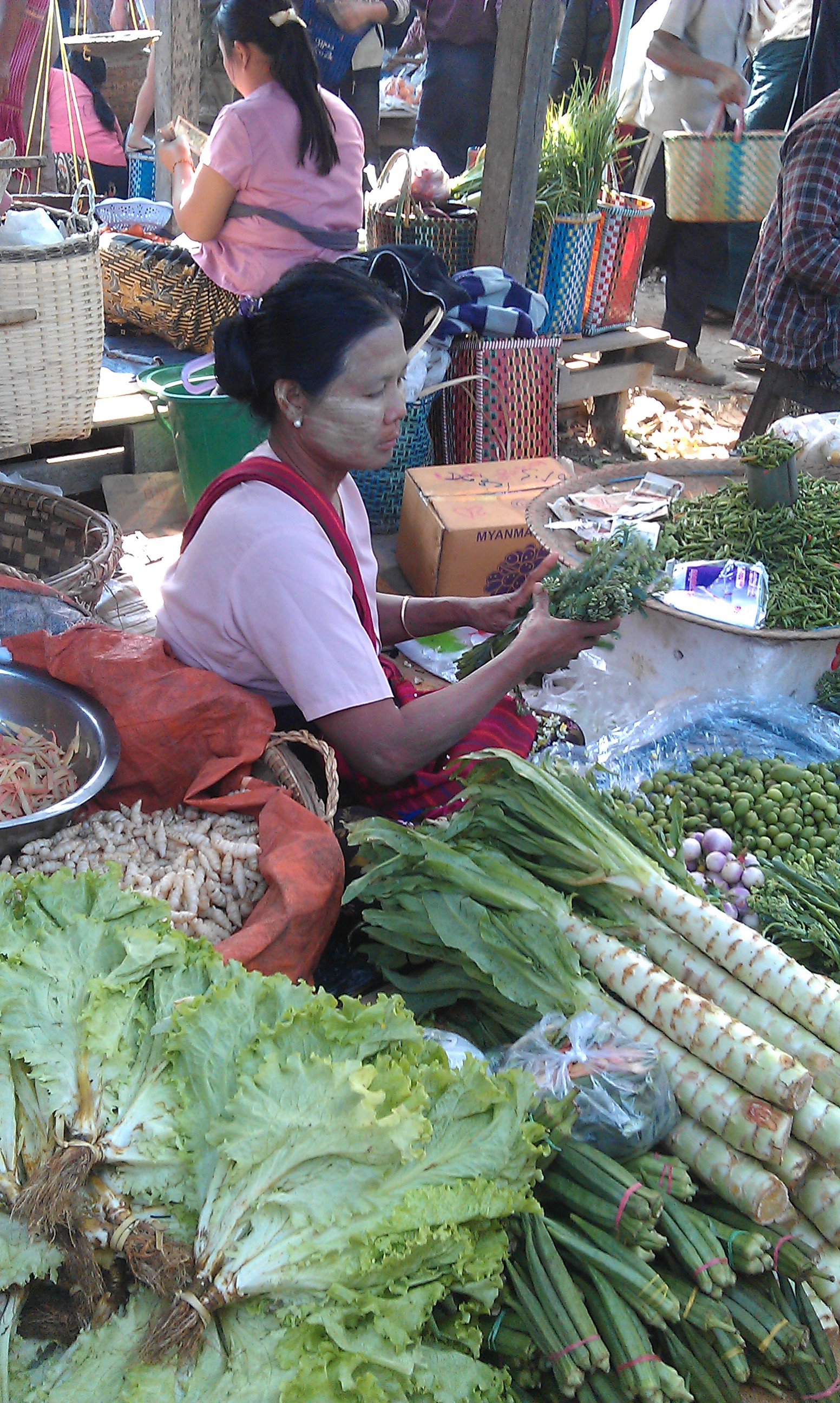 The stalls around the edge of the market were piled high with souvenir items (Buddha statues, gemstones, marionettes, and the like – which may or may not have been authentic) but the further in we wandered the more we saw the stalls for locals on their daily errands. Women with thanaka (a creamy paste with cosmetic and sun protection purposes) painted on their cheeks sat cross-legged on elevated mats behind small mountains of tomatoes, eggs, and leafy greens. There were wide baskets of peanuts and beans, tables of flip flops and t-shirts, and piles of watermelons. Vendors fried bread-like snacks and served tea. A few tailors sat at their pedal-powered sewing machines under a loose patchwork ceiling of colored tarps. In one corner, a few barbers were laughing with their customers. Sitting at one of the marketplace’s outer edges was a row of men behind woven mats laden with fish big and small, all shimmering in the morning sun. Some were still gasping for air.
The stalls around the edge of the market were piled high with souvenir items (Buddha statues, gemstones, marionettes, and the like – which may or may not have been authentic) but the further in we wandered the more we saw the stalls for locals on their daily errands. Women with thanaka (a creamy paste with cosmetic and sun protection purposes) painted on their cheeks sat cross-legged on elevated mats behind small mountains of tomatoes, eggs, and leafy greens. There were wide baskets of peanuts and beans, tables of flip flops and t-shirts, and piles of watermelons. Vendors fried bread-like snacks and served tea. A few tailors sat at their pedal-powered sewing machines under a loose patchwork ceiling of colored tarps. In one corner, a few barbers were laughing with their customers. Sitting at one of the marketplace’s outer edges was a row of men behind woven mats laden with fish big and small, all shimmering in the morning sun. Some were still gasping for air.
The Intha (the 70,000 or so people of Inle Lake) live in four cities bordering the water, in numerous small villages along the shore, and also on the lake itself. The village of Ywama is just one of many rustic villages and is part of the rotating market cycle of Inle; each weekday the market is hosted by a different village on the lake. After escaping the bustling clog of boats, we continued our tour by water. We zipped past villages built entirely on stilts that either stood in the water or in the verdant riverbanks. Floating mats of vegetation, anchored in place with bamboo poles, sported ripe tomato plants. Residents waved from their canoes, and from the bamboo walkways and simple bridges that arched over the canals. Since nearly all the homes and public buildings were perched on piles driven into the lakebed, these villages had no town squares. Instead, the Intha gathered in pagoda complexes and monasteries like Nga Phe Kyaung (nicknamed the Jumping Cat Monastery for its cats trained to jump through hoops). Unsurprisingly, these peaceful community centers receive most of their guests by water and are rimmed in long docks.
Approaching by boat every time, we spent the afternoon paying visits to a silk weaving shop, a metal smith, a silversmith, and a parasol workshop: all exquisite industries that the people of Inle Lake are known for. The culture of the Intha is rich and fascinating, and it is heavily influenced by Buddhism and by their aqueous environment. They are water people through and through. They’re on boats as often as not. Their cuisine is centered around fish. Every stork-like house has a collection of canoes leashed to the porches from which the Intha simply reach down to the water’s surface to wash their clothes or themselves. The entire drama of their lives is played out on this lake. But the most notable aspect of the Intha—and of the Burmese people in general—is their genuine affability. A warm smile and a friendly wave greeted us wherever we went on land or water. On our return to the hotel, as our boat coasted through the sunset, we passed a young woman sitting cross-legged at the bow of her boat and she impulsively tossed me a flower. I grinned in thanks and she waved goodbye before effortlessly sailing off across the surface of her home.



